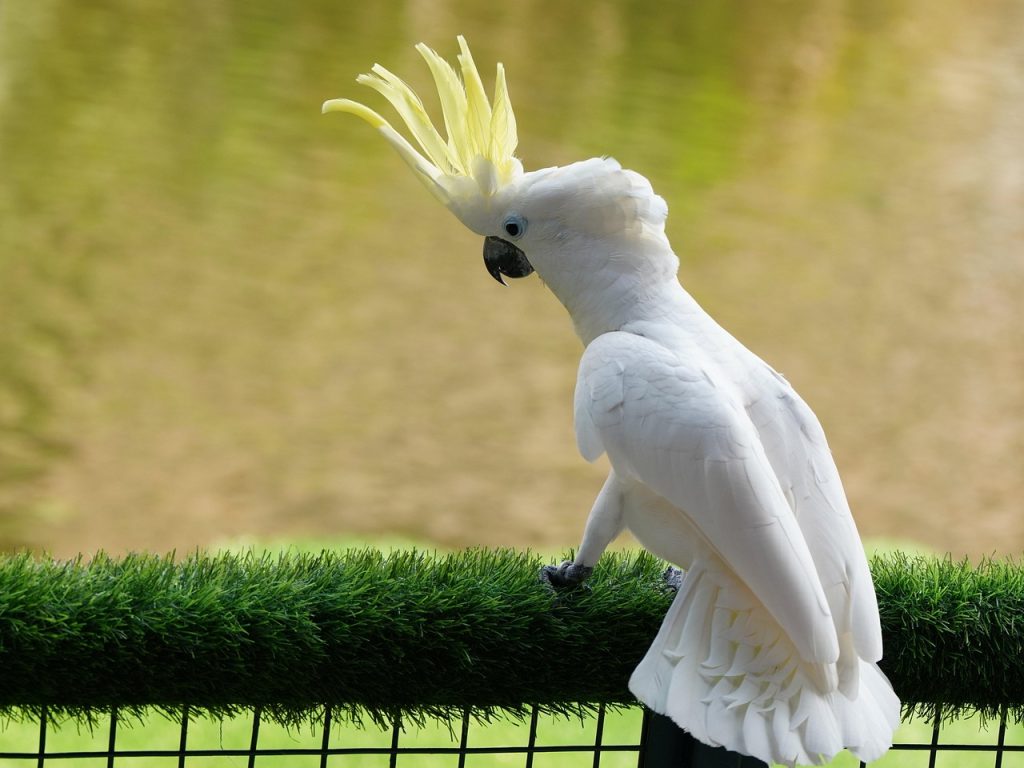Cockatoos Learn to Tap Sydney’s Fountains
Others are reading now
Birds are smart. But cockatoos in Sydney are proving they’re a whole different level of clever.
These yellow-crested cockatoos have now figured out how to use public drinking fountains. Not only that—they’re teaching each other.
People in Sydney have had issues with these birds for a while. The cockatoos are noisy. They pick through trash.
They raid crops. Their screeches can be deafening, especially at night. A few years ago, they surprised everyone by learning how to open garbage bins.
Also read
Now they’ve moved on to something even more complex—operating water fountains meant for humans, reports WP.
Scientists Put Up Cameras
It started in western Sydney around 2018. A group of cockatoos began using a fountain by a sports field.
Scientists noticed the odd behavior and set up cameras. What they saw was impressive. The birds used their beaks and body weight to twist the metal valve, get the water flowing, then take a drink.
This wasn’t random pecking. It was a deliberate sequence of moves.
Over 44 days, researchers recorded more than 500 attempts. About half were successful. Around 70 percent of the local birds gave it a try.
Some were experts. Others were still learning. It seems the idea spread within the group, like a local tradition.
Learned from Humans
The first bird probably figured it out by watching humans. Then others copied it. But each bird had its own style.
Some twisted fast. Others used a slower approach. The learning was social, but the technique was personal.
The birds visited the fountains daily, no matter the weather. This wasn’t just a backup water source. They seemed to prefer it.
Maybe the water tastes better. Maybe it feels safer out in the open. Or maybe they just enjoy the challenge.
Even more surprising, cockatoos in Brisbane have now been seen doing the same thing.
That means the idea spread in more than one place. Not through migration, but by independent discovery.
Scientists are curious. If cockatoos can do this, what’s next? As one researcher put it, “I’d really like to know what else they’re planning.”


